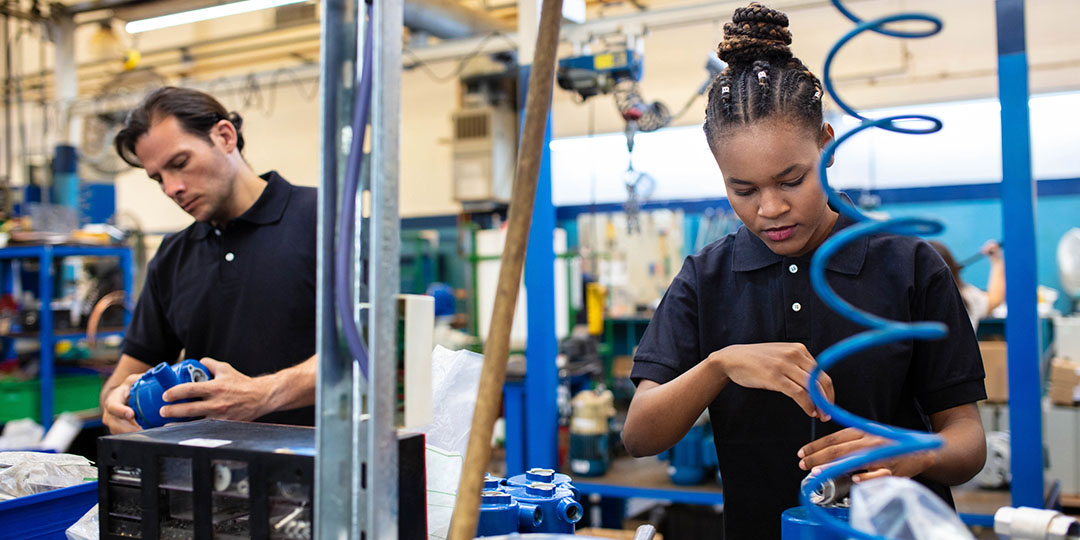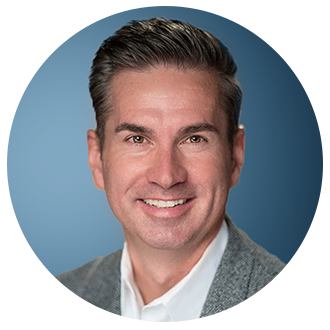High pressure. Uncertainty. Transformational change.
These are the words that describe the unruly talent management environment in 2023. Faced with a tight labor market, seismic shifts in employee expectations, and ongoing supply-chain disruptions that affect worker productivity, talent management professionals have been tasked with resolving complex people issues that directly impact business performance.
Where should a talent development professional start when faced with so many crucially important challenges? What are the top priorities? In a recent Gartner report, Leadership Vision for 2023: Talent Management Leaders, the research firm cited three priorities as determined by 134 heads of talent management:
-
- Leader and Manager Effectiveness
- Organizational Design and Change Management
- Recruiting
Digging deeper into the first priority, the report advises, “The shifting work environment has changed employee expectations and blurred the relationship between leader and employee. It requires leaders to approach their core responsibilities in new ways by displaying ‘human-centric leadership’—leading with authenticity, empathy and adaptivity. While these traits have been listed among the key qualities of great leaders in the past, today’s environment has made them imperatives that employees no longer just desire but demand.”
Exploring how these global trends and the accompanying leadership mindsets aligned with the lived experience of a few of our manufacturing clients, we hosted a webinar last month titled The State of Talent Management in Manufacturing. It featured three impressive panelists:
- Jamie Korlesky, Chief Human Resources Officer, Dwyer Omega
- Santosh Singh, Senior Vice President, Human Resources, DENSO
- Noelle Valente, Vice President of Leadership and OD, Lear
With responsibility for over 180,000 combined employees in both white-collar and blue-collar jobs, this group is truly in the thick of the workplace transformation.
While their experience is rooted in the manufacturing industry, the knowledge and advice they shared is applicable to talent management professionals from all industries.
Jamie Korlesky described her top priority as upskilling leaders and frontline supervisors so they can adapt to the evolving workforce. Speculating that this is important for many organizations, Jamie pondered, “How do we ensure that we have the right leaders in place and that we are giving them the right tools and resources to move the needle forward . . . not only at the highest levels of the organizations, but those frontline supervisors that are right down on the manufacturing floor?”
Santosh Singh agreed that upskilling is vitally important. “Skills are the new currency,” he suggested. At DENSO, he is looking for people who are curious and willing to be courageous when exploring opportunities for developing their skills across a wider domain.
For Noelle Valente, leader development also ranks high on the priority list. She described how at Lear they are reinventing performance management, including redesigning their leadership assessments and expanding their use to the supervisor level. They are implementing forced-ranking strengths and opportunities for development and reframing leader feedback to make it more actionable. Lear is “focusing on people leadership and getting back to the basics,” she explained, and believes that corporations need to focus on bringing humanity back into what they do.
Building upon that, Santosh shared that shaping organizational culture, including positive employee relations, is one of his “big rocks.” When the belief that work can be done from anywhere is here to stay, we must answer the question “How do we create a sense of belonging in this environment?”
Jamie mentioned that while she believes flexibility is a real breakthrough for the workforce, especially for women, Dwyer Omega has a “laser focus on change management, communication, effective goal setting, and holding employees accountable.”
On the recruiting front, Jamie recalled an innovative problem-solving experience at her previous employer, Cardone. After the decision was made to reshore their largest product line from Mexico to Philadelphia, they worked with local community agencies to help solve their labor shortage. They were able to hire several Afghan refugees, offering them not only a job but a sense of community.
Noelle brought up the importance of focusing on the onboarding process, citing that it can be an important lever in fast-tracking the sense of belonging and ultimately retention. She also discussed Lear’s “returnship” program for new parents. They are encouraging people back into the workforce in a more humane way. This approach enables them to look for talents and skillsets and helps valuable workers overcome career gaps that may have previously prevented them from being hired.
These are just a few of the recruiting, organizational culture, and leadership development program gems shared during a fascinating conversation among these talent management executives. We hope we’ve piqued your interest and you will invest an hour to watch the webinar recording. You won’t be sorry!


